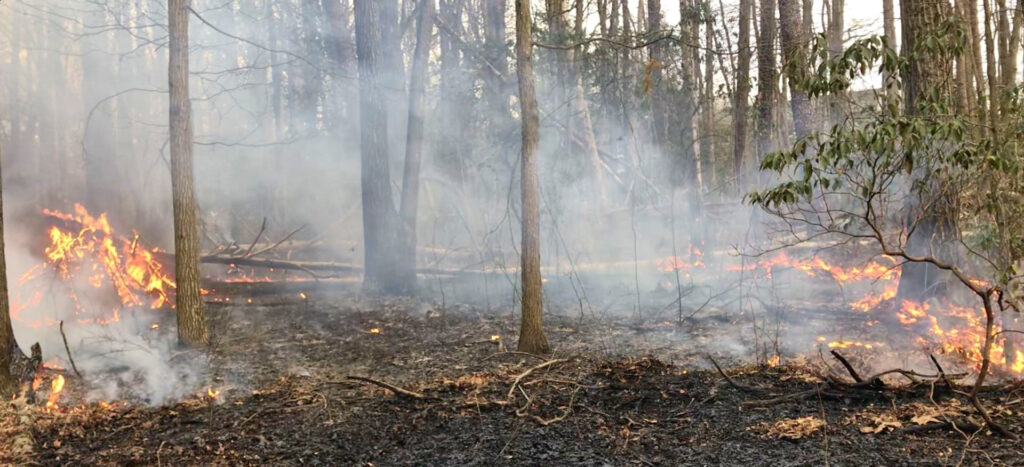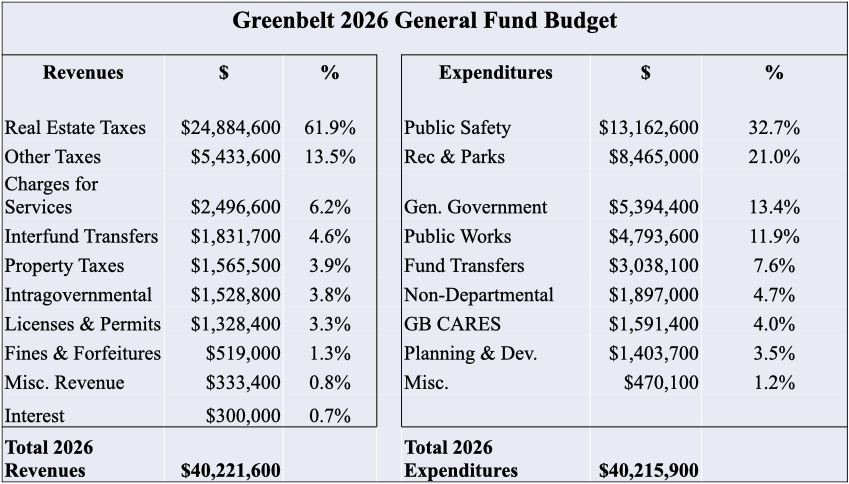The Greenbelt City Council has been discussing the high speed train, known as the maglev, since at least October 2017, when they wrote to the Maryland Transportation Administration (MTA), opposing the project. The Federal Railroad Administration, Maryland Department of Transportation and the MTA are now preparing the Draft Environmental Impact Statement (DEIS). The DEIS, with thousands of pages of technical data, is expected to be available for agency review in December 2020. Since Greenbelt is not considered to be a participating agency, the city may not be asked to review the DEIS at that time. All councilmembers agree: the new changes to the maglev path and design will have an enormous impact on Greenbelt and they need to act quickly.
At a special council worksession on Tuesday, September 8, Councilmember Judith Davis cautioned her colleagues not to discuss legal strategies in a public session to avoid giving Northeast Maglev, the company proposing a Washington, D.C. to New York City maglev system, a legal advantage. However, the meeting led to two action items: City Solicitor Todd Pounds will see if it is legal for the current DEIS statement not to have a “no-build” option, and Assistant City Manager David Moran will see if congressional action is needed to release federal land for the 180-acre Trainset Maintenance Facility proposed for the Beltsville Agricultural Research Center.
Pounds expressed his frustration at not finding a law firm two years ago to help the city fight the construction of the SCMaglev Project. At that time, he said, “I contacted the 10 largest firms in both D.C. and Baltimore to see if there would be anyone interested in taking on this project on behalf of the city.” He has gotten no responses, perhaps out of concern for the outcome or cost. Councilmember Emmett Jordan suggested that many of those law firms may have conflicts of interest, if Baltimore Washington Rapid Rail (BWRR), which would develop the Washington to Baltimore segment, had sought to do business with them. Pounds reported that a firm he did talk to said that one city alone cannot handle opposition to this project.
A resident from Greenbelt East, attorney Greg Simmons, asked whether the city solicitor had reached out to the County Attorney’s Office, which, Simmons said, would have the flexibility to coordinate efforts beyond Greenbelt with all the communities impacted by the project. Another city resident contested the Northeast Maglev claim that the train would cut the travel time between D.C. and Baltimore from 50 to 15 minutes. According to Owen Kelley, whose September 2 blog post was included in the council packet, time on maglev in rush hour amounts to about 80 minutes, not 15, once transportation to the station is included. The ticket price would also limit ridership, Kelley wrote, with preliminary estimates that commuters would pay an extra $12,900 annually for a round-trip ticket between D.C. and Baltimore. Davis cited the final sentence in Kelley’s blog as good advice for council going forward: “It is in the public’s interest to determine if BWRR’s financial numbers are plausible and to avoid the trap of focusing exclusively on potential hazards and nuisances from building and operating the maglev.” (See Kelley’s post at greenbeltonline.org/economic-impact-and-financial-viability-of-the-proposed-baltimore-washington-maglev/.)
Strategies discussed at the meeting ranged from reaching out to advocacy groups, elected officials and other municipalities impacted by the train, to building regional coalitions and creating a social media strategy. City resident Michael Hartman suggested having information about maglev on the city website while Davis said that yard signs seen by few had little value. Bladensburg resident Susan McCutchen, community liaison for Citizens Against the SCMaglev, spoke about local efforts to form a tax-exempt 501(c)(3) group to pursue actions necessary to stop construction of the SCMaglev.
Councilmember Rodney Roberts inquired about the possibility of hiring an outside environmental engineering firm with experience in reviewing environmental impact statements for major infrastructure projects.
In addition to continuing their networking with other mayors and organizations, council discussed further outreach to elected officials such as County Councilmembers Dannielle Glaros (D-District 3) and Tom Dernoga (D-District 1), who strongly advocate for the environment. Roberts and Mayor Colin Byrd questioned why they had not succeeded in arranging a meeting with U.S. Representative Steny Hoyer. According to Byrd, Hoyer had opposed the maglev “not one time.” Jordan asked whether they could meet in executive session with State Delegate Geraldine Valentino-Smith (D-District 23A) and Mary Lehman (D-District 21) to get their opinion off the record. Byrd opposed conducting “secret conversations” with public officials. Councilmember Edward Putens said that council’s efforts in opposing the maglev project were “fragmented” and he advocated, along with Roberts and Davis, for creating a city task force as the next most effective action.



